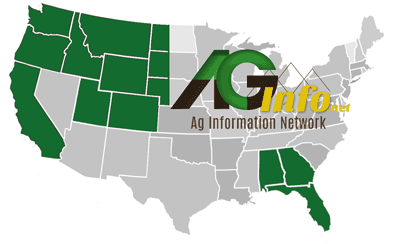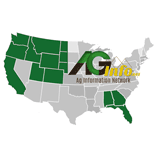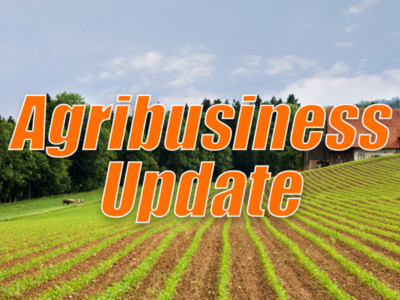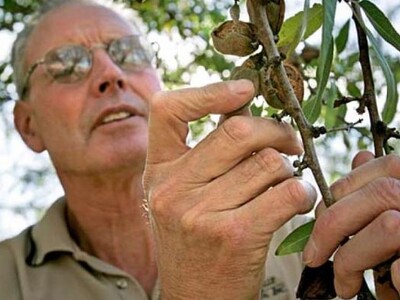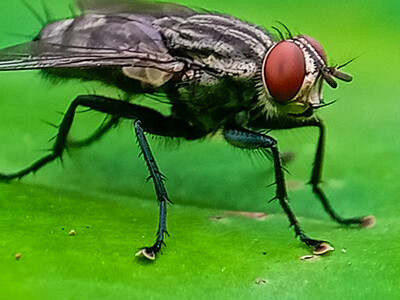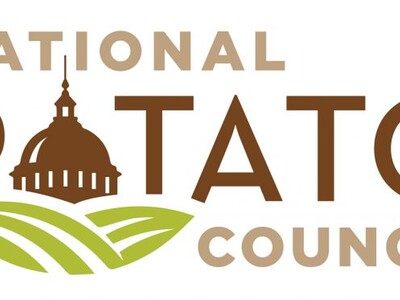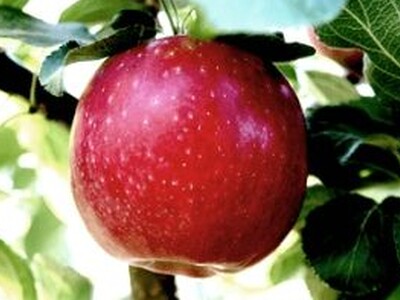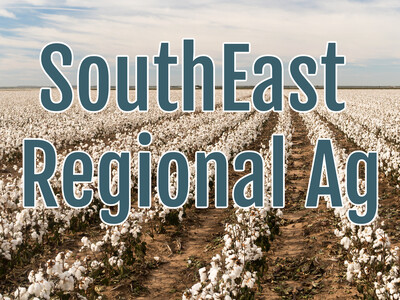3-28 IAN Elm Seed Bug
Spring weather brings return of Elm Seed Bugs. With warmer weather approaching, Idaho homeowners may soon start seeing the unwelcome return of the elm seed bug, the tiny insect that tormented many Idahoans last summer by invading their dwellings. The elm seed bug (ESB), an invasive insect new to the United States, was detected in Ada and Canyon counties in Idaho in July 2012. It later was found in Elmore, Gem, Owyhee, Payette, and Washington counties and in Malheur County, Oregon. Commonly distributed in central-southern Europe, ESB feeds primarily on the seeds of elm trees. ISDA Entomologist Jodie Ellis says “The insect does not damage trees or buildings, nor does it present any threat to human health. However, due to its habit of entering houses and other buildings to escape the summer heat and later to overwinter, it is a significant nuisance to homeowners.”
Adult ESB are only about 1/3-inch long and are the color of dark chocolate. They are marked with a black triangle enclosed within a rust-colored rectangle on their backs and red segments on their abdomens. When disturbed or crushed, the bugs produce an unpleasant odor.
Management of ESB in houses and other buildings requires persistence and patience. Direct contact with pesticides will kill elm seed bugs. However, pesticide treatments do little to prevent the next wave of the insects from entering the home. The Idaho State Department of Agriculture recommends measures to combat the pest by excluding them access into dwellings. Pest-proofing a house includes installing door sweeps, caulking around doors and windows, using foam weather stripping around sliding glass doors, sealing utility openings where pipes and wires enter the home’s foundation and repairing gaps and tears in window screens. If the insects have already entered the building, a shop vac (filter removed) with 1-2 inches of soapy water in the bottom container is often the best response to ESB (the water will prevent them from flying away).
